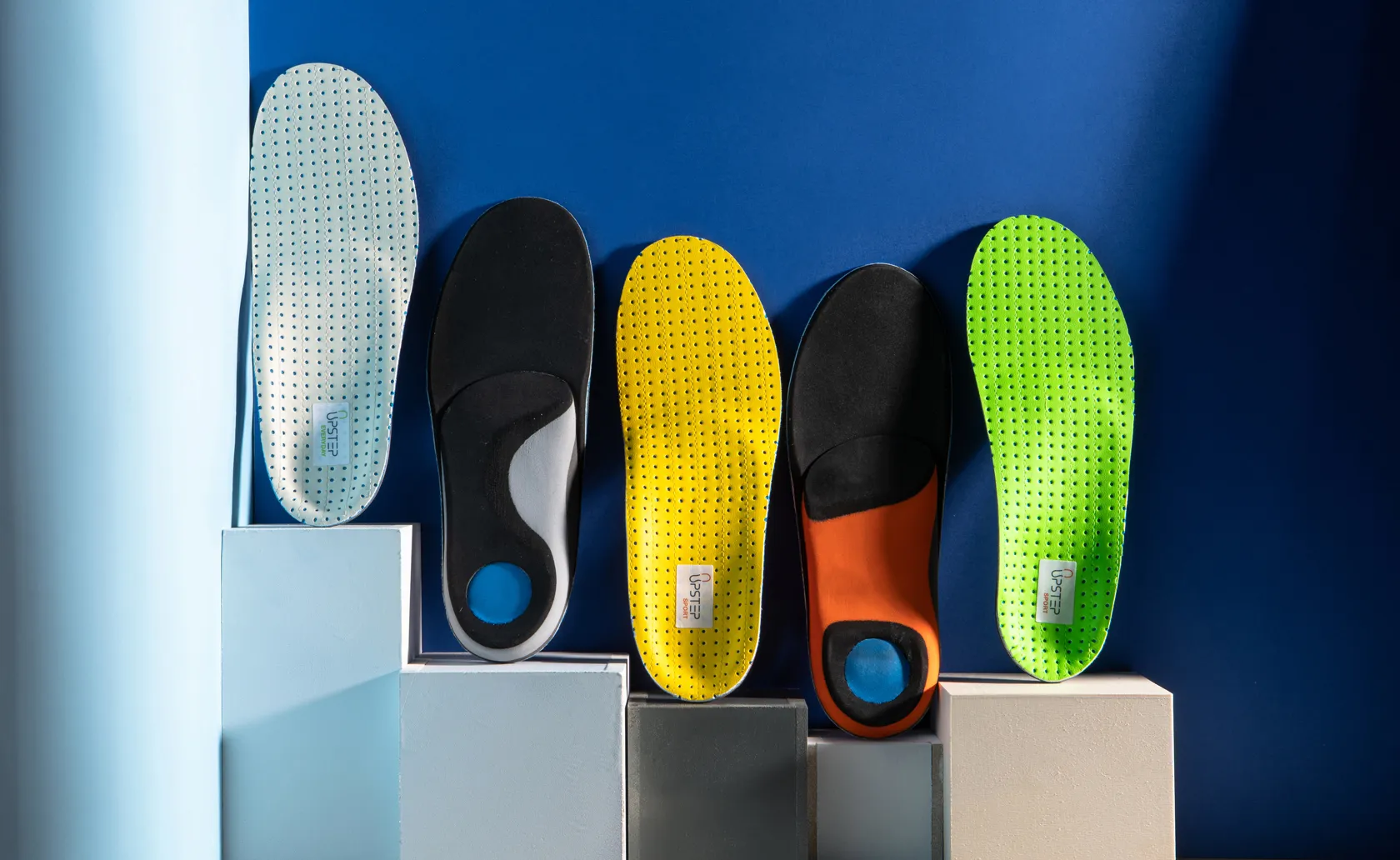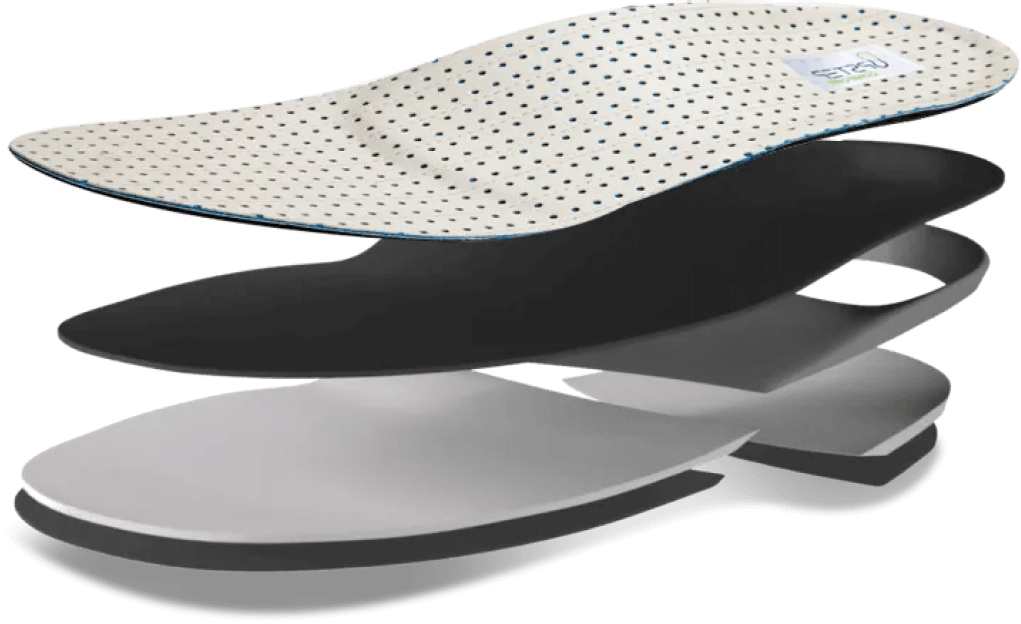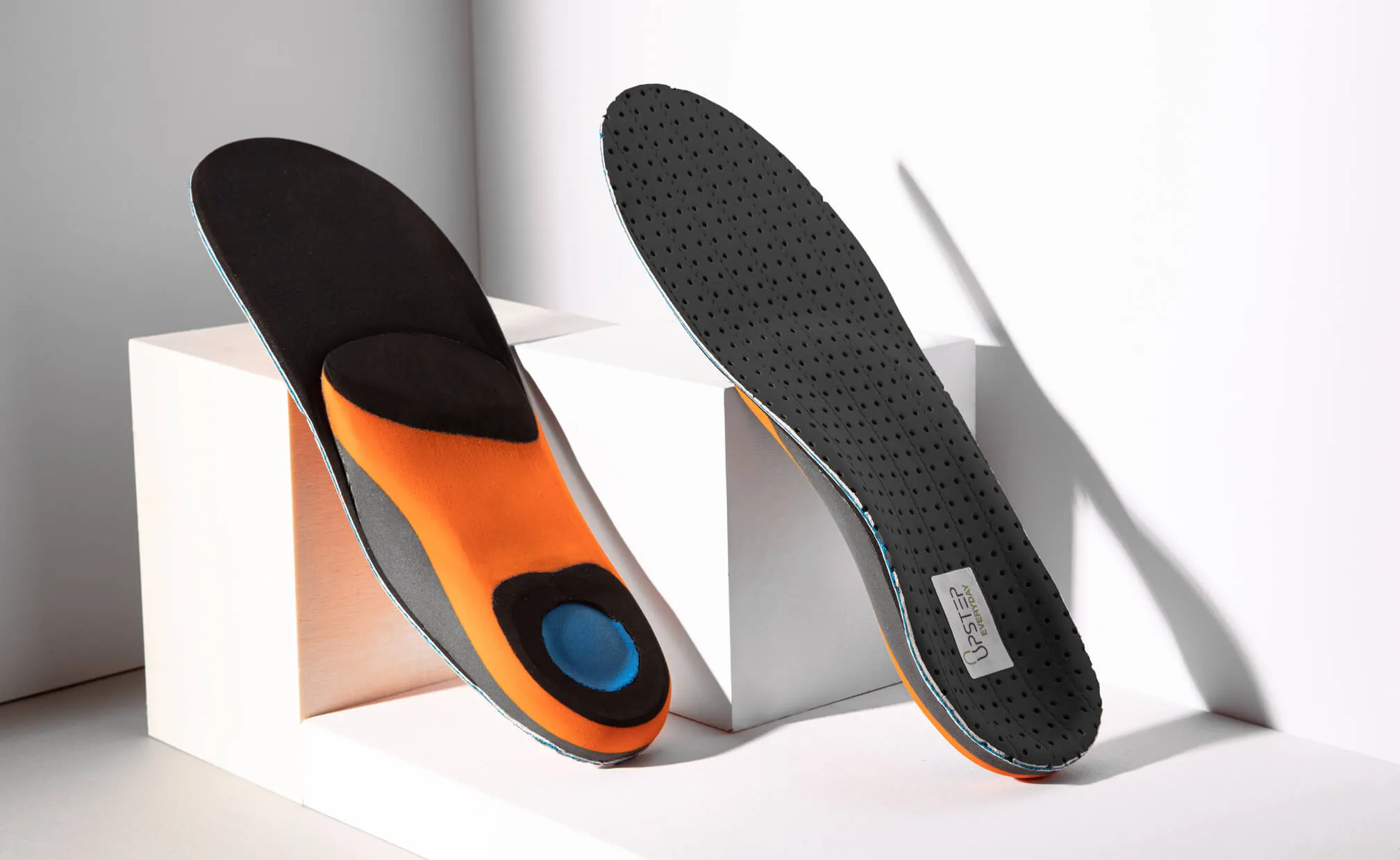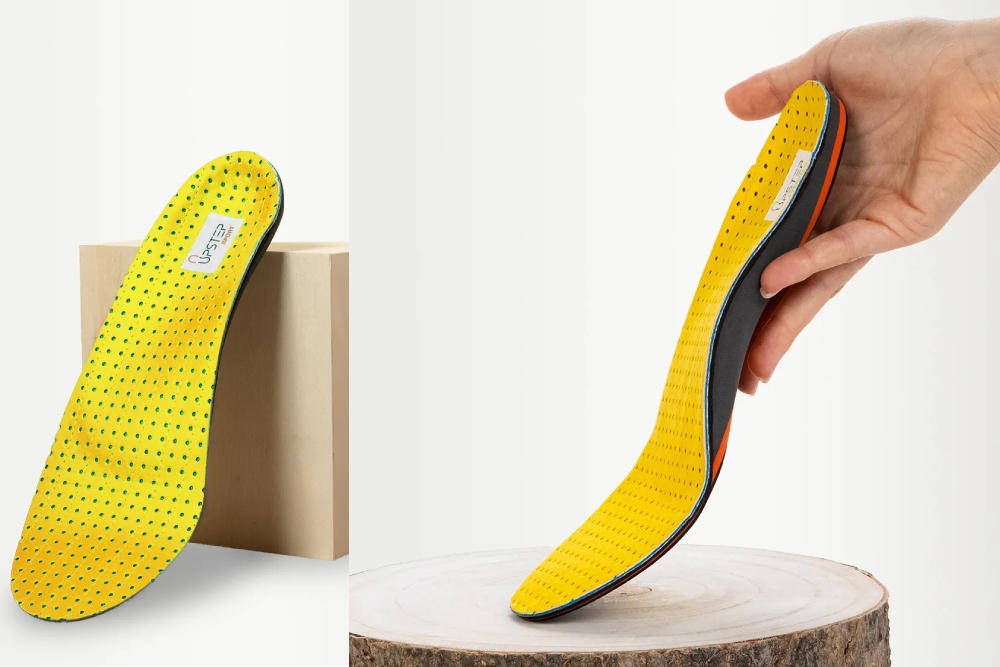Do insoles go over the insole that comes in the shoe or do we remove the one that’s there?
Asked 5 years ago
Do you put insoles on top of insoles? Is there a standard for this or does it depend on the shoe? Do insoles account for the stock ones that are already there?
Upstep Team
Sunday, May 23, 2021
A lot depends on the type and the fit of the shoe.
Some shoes provide some form of support, whereas others don't. Some come with removable inserts, while some are fixed. If a shoe has removable insoles, take them out before placing new ones. If they are not removable, and if the shoes are roomy enough, add your insoles on top. Be sure to put your comfort first, so if the shoes don't fit after inserting your insoles, opt for wider-fit shoes.
When choosing insoles for your shoes, it's best to invest in custom insoles that you can use in different pairs of footwear—opt for quality custom insoles, as they are designed to address your foot needs directly, and you can add them to different shoes while enjoying the comfort of the custom fit.
Kiara Snow
Tuesday, June 29, 2021
Take out the shoes existing insoles before inserting custom orthotics. If you don't remove the original insoles, custom insoles will not sit properly and securely. If your insoles are not full length they can be placed on top of the shoe's existing footbed. Over-the-counter insoles can be placed on existing insoles if it feels comfortable.
Andre Pace
Wednesday, December 22, 2021
Depends with the shoes. Is it normal shoes or stability shoes. Stability shoes that are meant to fix pronation issues by adding in a higher density material to the medial side of the shoe near the mid-foot or heel. Only that the support in them might not really fit your feet needs. Which is what custom orthotics do-the are made according to your feet needs.
Now imagine folding a napkin to balance out the leg of a table, now you can enjoy a nice meal right? Well if your friend tries to add another napkin to the same table leg that was corrected then the whole thing is thrown off again. Adding an orthotic to a shoe… same idea. You may have to remove the insole if it is thick or does not fit the purpose a good support. But being flat-footed also means you probably also overpronate. Now you may over-pronate to the point where that is justified have both shoe insole and custom orthotic, that’s fine, but in most cases it’s overkill and can actually be just as harmful as not having an orthotic or at all.
Babafemi Adebajo
Friday, October 28, 2022
The answer depends on the type of shoe and insole under consideration. For example, while some shoes don't have removable insoles, others do. Likewise, many over-the-counter insoles are thick, making them impossible to use in shoes with pre-existing insoles. Thus, the best option is a custom orthotic that factors in the shoe type and foot size.
Adeline Kemp
Thursday, January 18, 2024
When using custom orthotics, generally remove the shoe's existing insole for a proper fit and optimal support. However, it depends on the shoe and the type of insole. In some cases, if the existing insole is thin and fixed, certain orthotics may be placed on top, following specific instructions.
A helpful tip: keep the removed insole so that you can put them back for added comfort if you switch shoes.
Please follow our Community Guidelines
Related Articles

3 Best Custom Insoles for Overpronation—Designed by Top Podiatrists
Babafemi Adebajo
December 19, 2024

Peroneal Tendonitis Exercises & Stretches to Relieve Symptoms
Janik Sundstrom
May 24, 2022

Stages of Sciatica: Symptoms & Treatment Options for Each Phase
Dr. Alisha Bhandari
October 24, 2025
Related Posts
Janik Sundstrom
3 Insoles for Shin Splints: Our Expert Picks
Janik Sundstrom
2 Best Cycling Shoe Insoles for Flat Feet
Babafemi Adebajo
Insoles for Standing and Walking All Day—2025 Review
Joel Taylor
What is a Goga Mat Insole?
Janik Sundstrom
Insoles for Normal Everyday Activity—2025 Review
Janik Sundstrom
Best Insoles for Trail Running Performance
Babafemi Adebajo
6 Best Cycling Shoe Insoles for Plantar Fasciitis
Babafemi Adebajo
7 Best Insoles to Alleviate General Calf Pain
Janik Sundstrom
Best Cycling Shoe Insoles to Provide Arch Support
Can't find what you're looking for?







